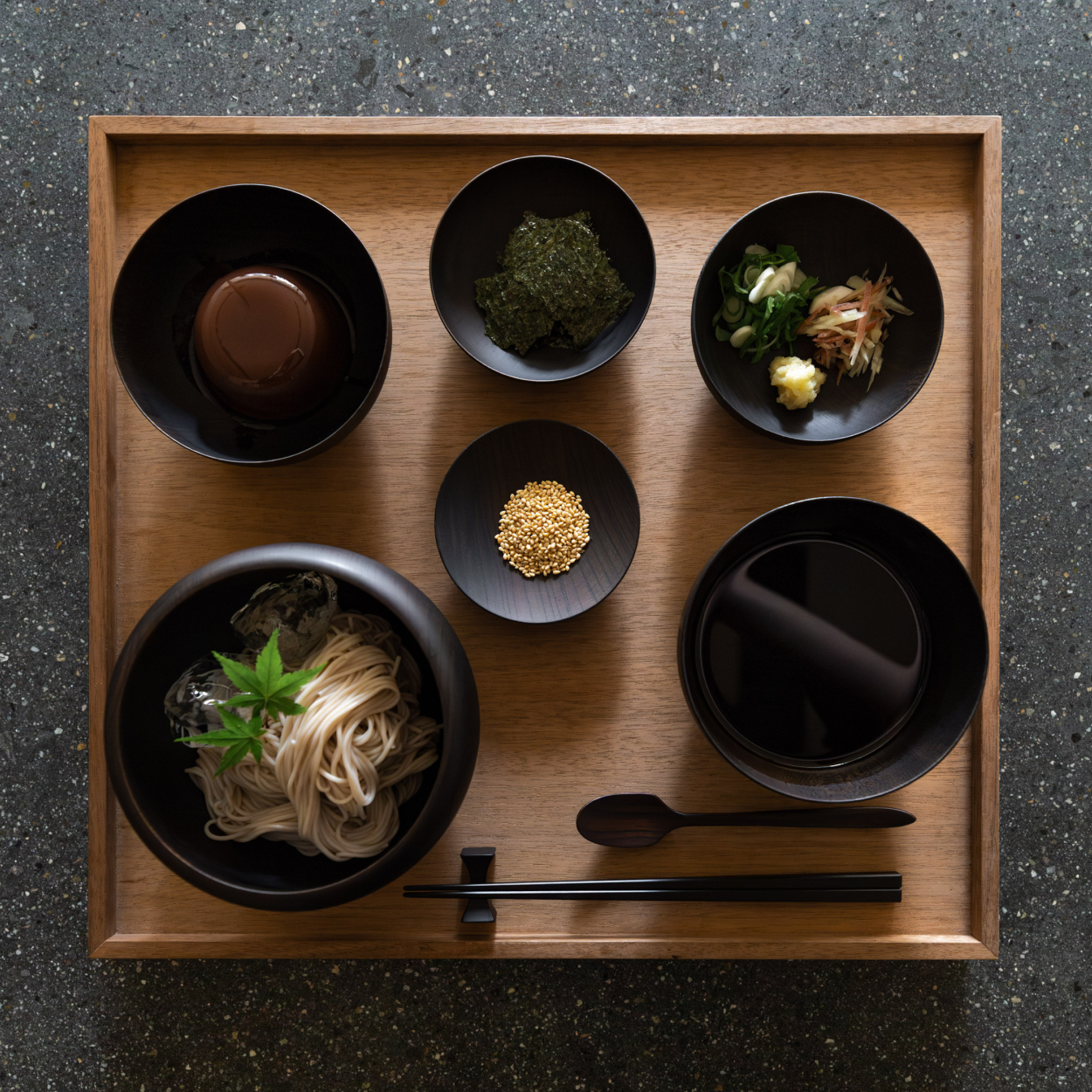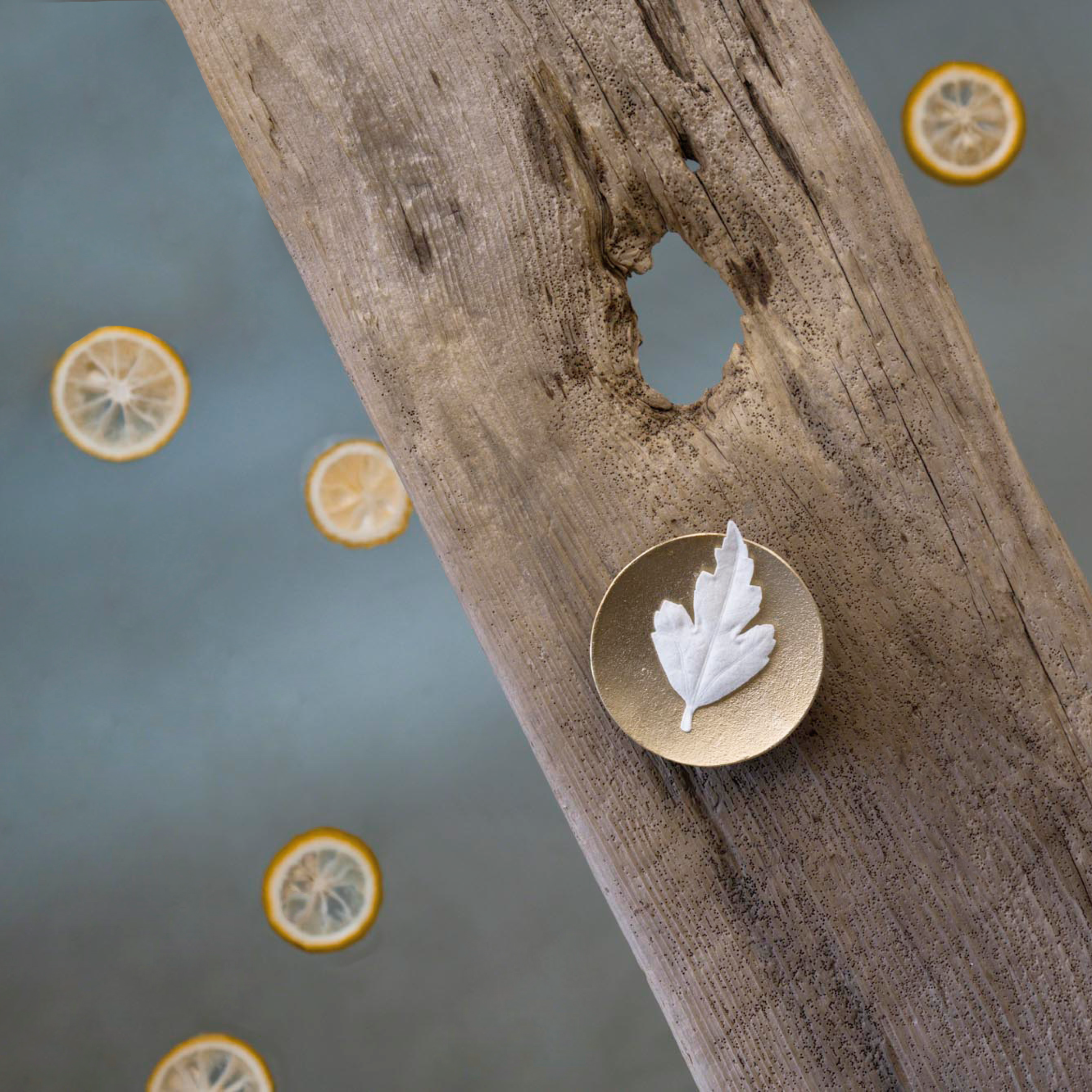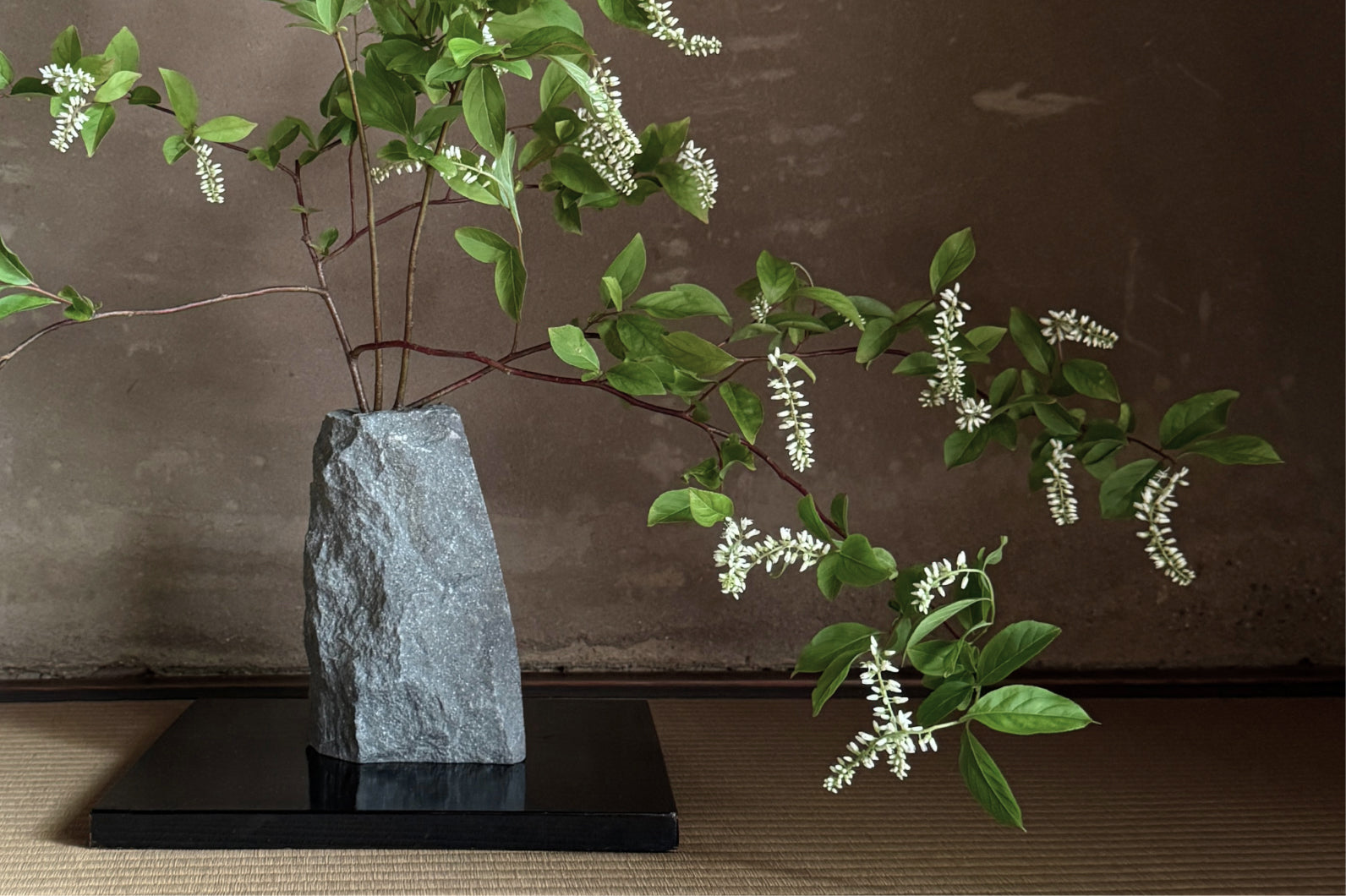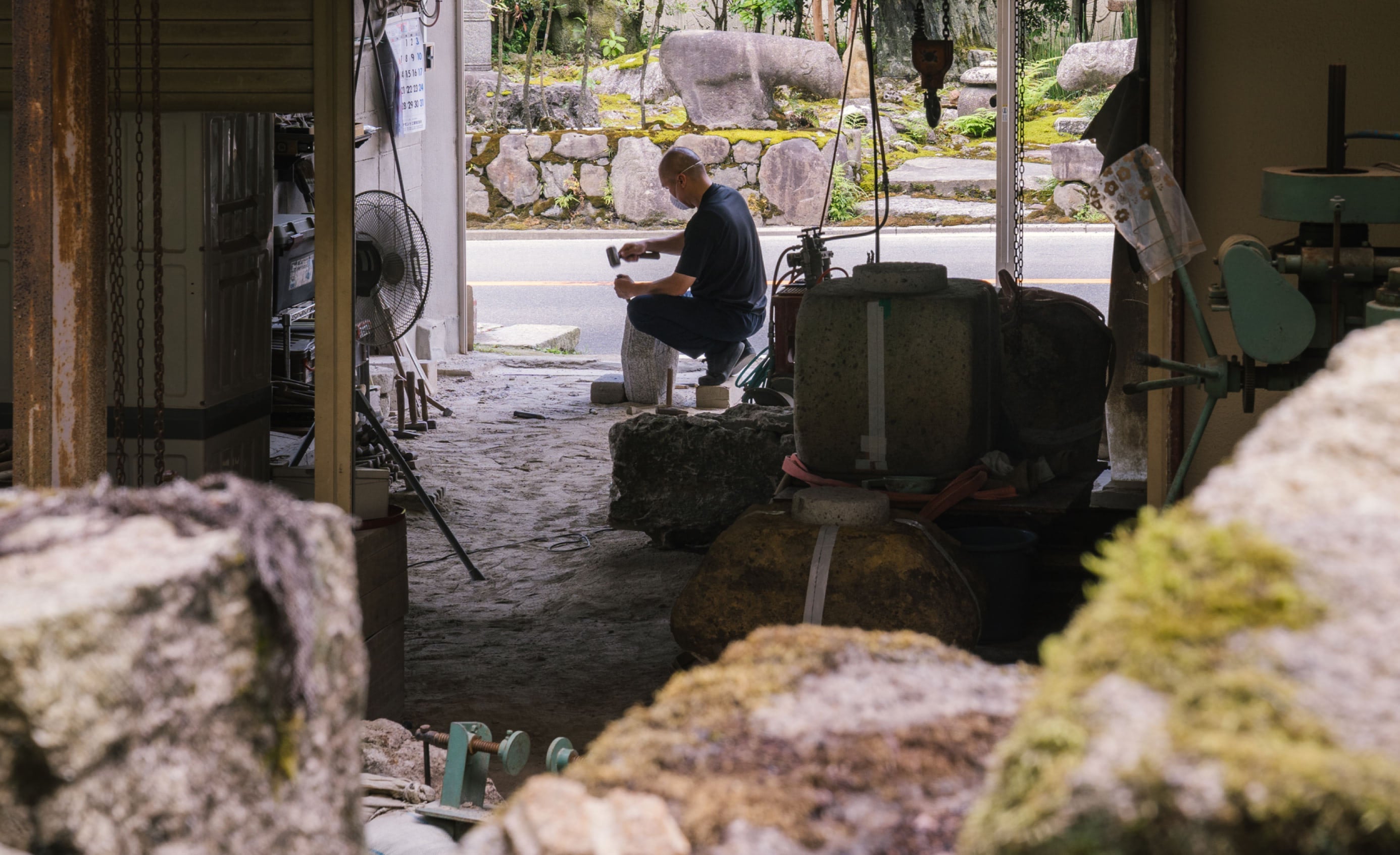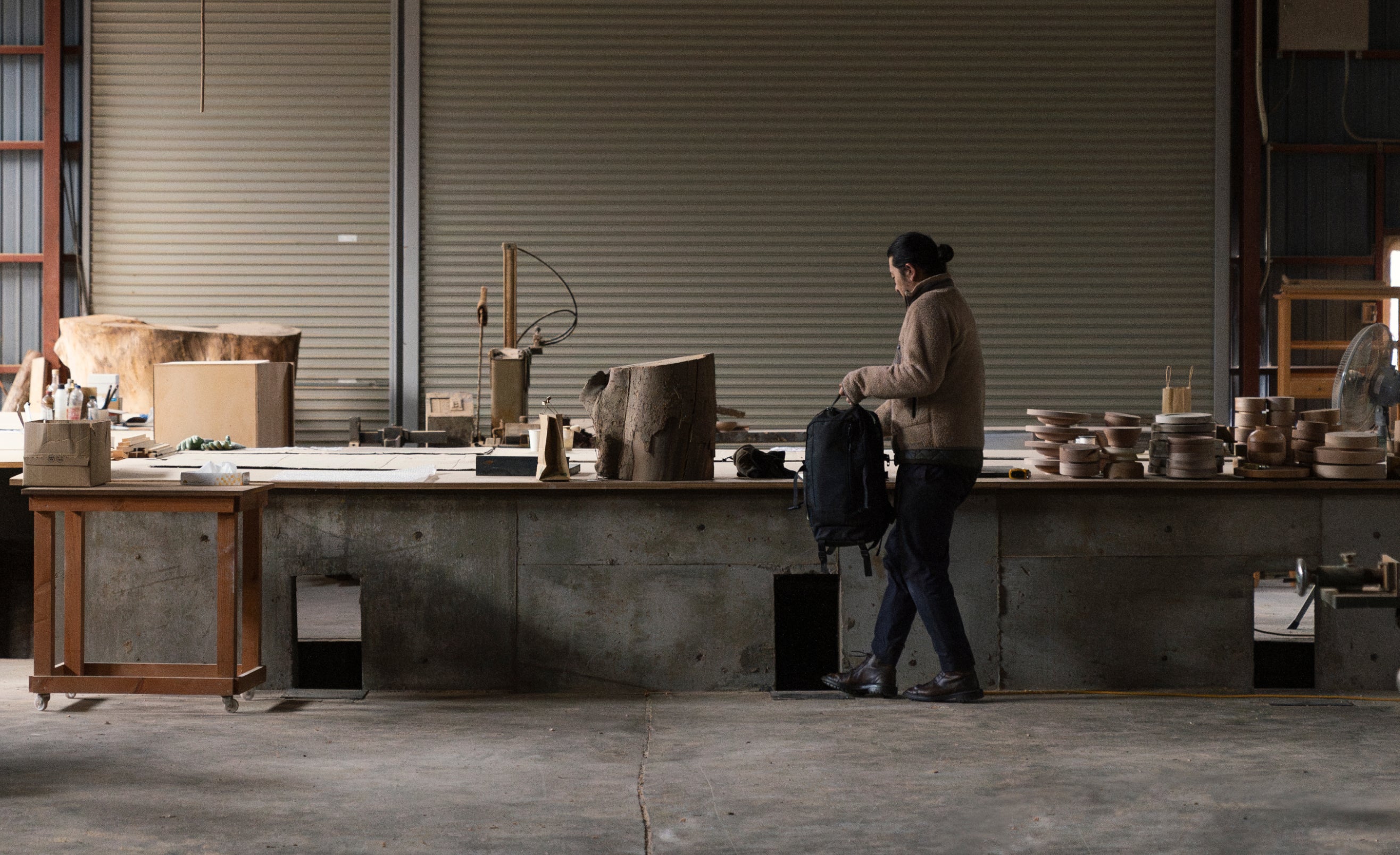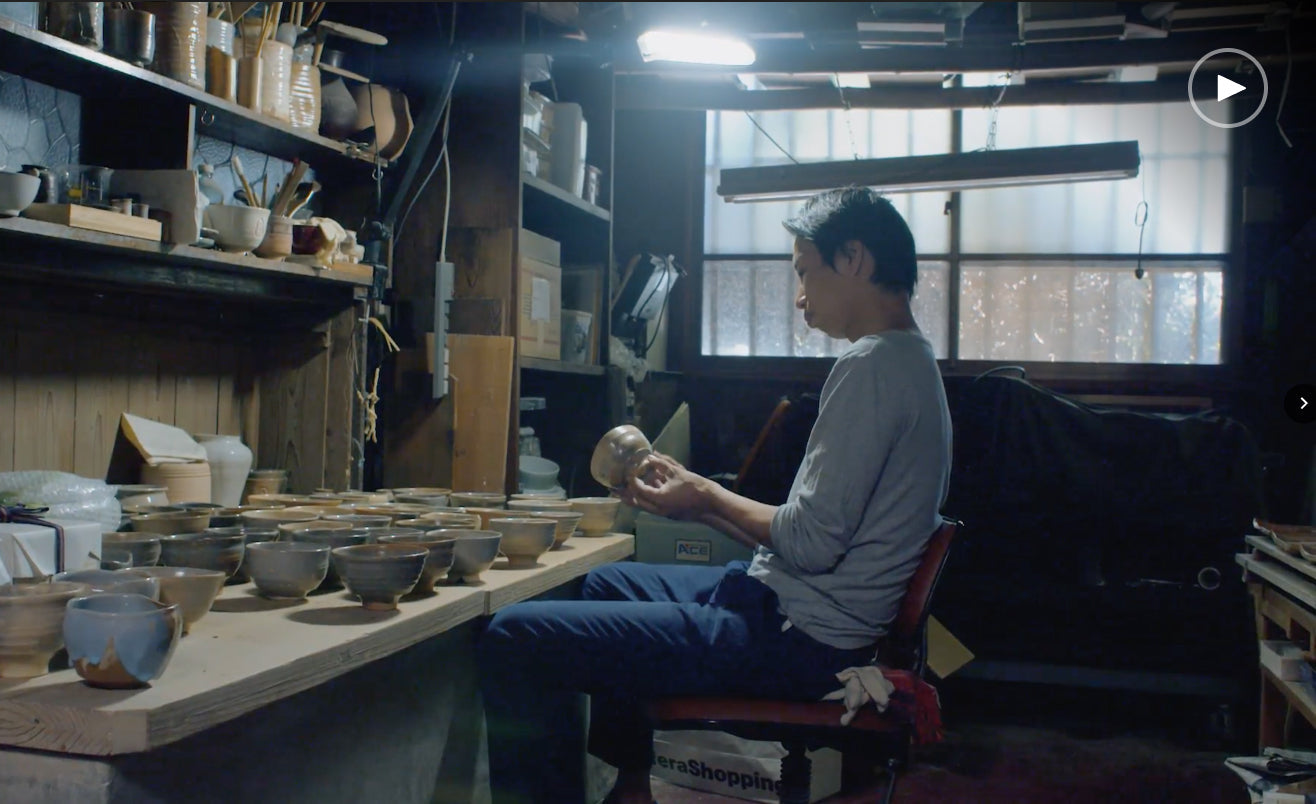Published August 25th 2018 on the former blog
The Japanese Nikkapokka were inspired by the “Knickerbockers” fashion movements in the early 20th century. Before World War I boys would wear knickerbockers until puberty and then transitioned to long pants.

Photo source: Wikipedia
Baseball players still wear a stylized version of Knickerbockers today although they have become less baggy and many players these days pull them down to their ankles.
 Although completely out of fashion in the western world, the trend has survived in Japan as a uniform for construction workers. Over time the Japanese made the style their own by making them even baggier and often pairing them with jikatabi footware, a variation of the traditional tabi socks.
Although completely out of fashion in the western world, the trend has survived in Japan as a uniform for construction workers. Over time the Japanese made the style their own by making them even baggier and often pairing them with jikatabi footware, a variation of the traditional tabi socks.

Jika-tabi (left) and traditional tabi (right)
Photographer Matsuda Tadao took it upon himself to beautifully document the unique fashion style that you’ll see all over Japan when you just look closer when passing construction sites.
Nikkapokka, often shortened to “Nikka”, have especially found adaption with high-rise workers called “tobi" who often need to climb up and down which is where the loose fit comes in handy. Keeping them tight at the ends is also key since it keeps the pants from catching on to equipment. One might think, tighter elastic pants would be even more functional but the photographer tells us that the pants even help the “tobi” to detect wind and it’s direction.

Photos by Matsuda Tadao

Photographs by Matsuda Tadao

Photos by Matsuda Tadao

Photos by Matsuda Tadao

Photo on the left by Matsuda Tadao. Photo on the right shows the photographer during the shoot.
If you enjoy this post I encourage you to check out Nippon.com where you can see the rest of the photo collection.
